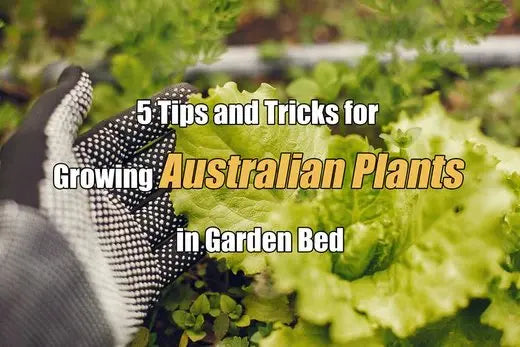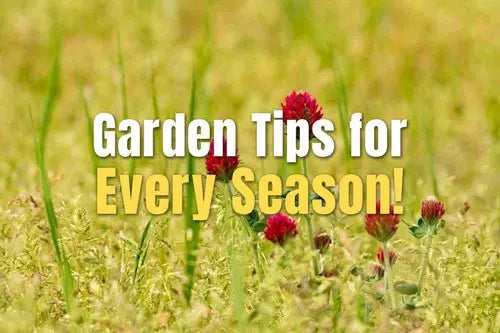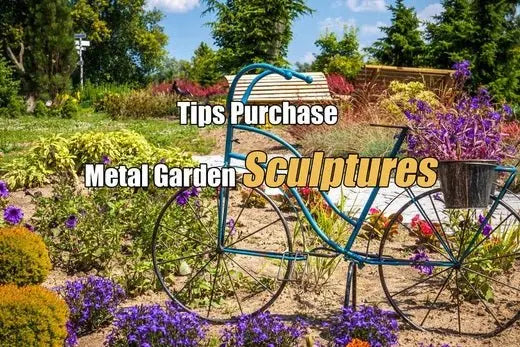How to Fall and Winter Proof The Plants in Your Garden
By Taylor McKnight
Author Bio: My name is Taylor McKnight and I am a Digital PR Specialist representing
The best way to care for your plants is to ensure they are ready for different seasons. This is because different weather conditions affect plants differently. It is crucial to prepare your plants for the cooler and even colder months to come. So, how do you ensure that you fall and winter-proof your plants? We shall focus on this and more in the article below.

How to Prepare Your Plants for Fall
Positively transitioning your plants from summer to fall requires a bit more effort from you. This is how you can ensure the plants in your raised bed are fall-proof.
Evaluation
The first step before beginning any fall preparations is to assess the state and health of the plants. Look out for diseased or pest-infested plants and address the problem promptly. You could invest in preventive chemical or all natural options for this. You should also assess if the plants are adequately spaced to thrive in the cooler temperatures. As well as assure the plants are placed far enough apart to where each can gain their own set of nutrients. After considering the nature of the plants, you can then devise a plan on what they need for fall.
Harvesting
It is best to harvest all the summer crops to make room for fall vegetables. Summer veggies taste better in their season and may not do too well in fall. Herbs should be harvested and dried, as only a few will survive the colder months. Be sure to harvest all your cucumbers, peppers, corn, green beans, and tomatoes as fall approaches. You always can see how the vegetables will fair growing out of season, however, just remember this may not go too well.
While at it, you should also deadhead all summer perennials, which means that you should cut off all dead or dying parts of the plants in question. This will get you healthier-looking plants and a prettier garden for the future. Take cuttings and collect seeds that can be preserved indoors throughout winter. You will have an easier time propagating in spring and can save so much money doing this as well.
Weeding
It is best to introduce a suitable weed killer in the fall to reduce damage to the soil and the death of plants. While this is usually in chemical form there are also all natural weed killers such as, vinegar. Remove any annual plants that show signs of decline, such as yellowing leaves, disease infestation, and fading blooms. This will prevent spread of the potential dying that is happening, as well as provide more nutrients to your remaining plants too.
Soil Preparations
Since summer and spring are prime seasons for growth, the soil is usually depleted of most nutrients as fall approaches. Fall is, therefore, the best time to re-nourish the soil with fertilizer. Fertilizers that slowly release nutrients into the soil are best placed to use in the fall since it can continuously replenish the dirt over a longer period of time and no plant food will be lost.
As mentioned, the slow release keeps nourishing the soil throughout fall and into winter. Organic fertilizers such as mulch, compost, and manure are recommended. This process is crucial for the crops you will plant during fall. It is advisable to do a soil test, which will determine what nutrients are needed along with if the soil is any good or not for your garden. Learn to enhance soil in raised bed.
Planting
The key word here is fall-friendly plants. You will have an easier time managing your plants when they are meant for that season. Additionally, you can plant bulbs like daffodils to guarantee that you will have a beautiful gardenbed in spring.
Stalking
The wind can become rather brutal in fall. You can mitigate possible wind damage by stalking the plants that need it. You can also include a numerous amount of plants within your garden that spread their seed by utilizing the wind. Therefore you may have more plants than you can imagine. Be wary of this action though as you may get more than you bargain for if you do this. It is not recommended also if putting together a very organized garden as placement may become a little wonky from this leading to plants being to close together.
How to Winter Proof the Plants in Your Garden
The best time to winter-proof your plants is during fall. There is little to nothing you can do when the temperatures drop to as low as 700 F. Here’s how you can help your plants during winter.
Mulching
The primary benefit of winter mulching is care for the delicate plants so that they are not affected by changing soil temperatures. Additionally, you will provide the perfect solution to soil erosion caused by heavy rains and you are also adding another layer of security to your garden making it harder for veggies and other plants to become uprooted.
Plants whose upper root systems tend to heave out of the soil during winter will remain intact after mulching. Before mulching, remember to add a few more inches of compost before the ground freezes for extra nutrients for your plants.
In addition to these winterization methods, consider incorporating Corten steel edging into your garden. Corten steel edging not only provides a durable and stylish border to your garden beds but also withstands the rigors of winter weather, ensuring your garden retains its structure and charm even in the harshest conditions. You can use old carpets and black plastic, which work well as vegetable garden covers. If left out unprotected, no matter the location plants are suspected not to make it due to various conditions.
Pruning
Pruning during the colder months of winter can cause significant damage to your plants. You want to start early and use the right tools, such as gardening shears. Pruning depends on the type of plant, so be sure to do your research beforehand.
Plant Hardiness
Knowing which plants can survive winter is a fantastic way to prepare for this cold season. You can find out which hardiness zone you are in and proceed with the information you gather. These hardiness zones are tabulated on account of the lowest and highest temperatures.
It helps if you also consider other factors that determine whether a plant will survive winter or not. These include soil composition, microclimates, and age of the plant.
Watering Systems
You have to clear everything from the watering system. Frozen water can cause great damage to your pipes and thus the need to blast out all the water. Alternatively, you can put the watering barrels indoors until they are ready for use in spring, which also save money when it comes to water waste.
Weed Removal
Weeding is generally recommended in all seasons but more so during winter. This is because the soil nutrients are already quite scarce during winter, and weeds only deplete said nutrients. Your plants will go through winter and survive if they are not competing for nourishment with weeds. A high point of winter is that this does kill numerous plants including weeds, however this is also a low point as your garden is definitely at risk too.
Watering
While it is questionable to water your plants during winter, you need to do it for the roots and soil. When your soil is sufficiently moist, it is warmer, hence protecting the roots from damage. Winter irrigation is best done a day before winter gets colder. If using water that you have kept inside your home it would not hurt to warm it up as it can assist your plants in surviving.
Gabions
Winter is characterized by chilly winds that advance soil erosion, which adversely affects plants. When strategically placed, gabions greatly reduce soil erosion and protect your garden. It is recommended to build the gabion wall as high as three feet to prevent soil erosion effectively. You should invest in gabion baskets that will save your plants and beautify your garden.
Do not be concerned about your garden flooding in case of excessive rains because gabion baskets allow drainage.
Gabions further mitigate against soil erosion by reducing water velocity and absorbing any excess.
What to Keep in Mind about Your Garden Through All Seasons
What to Keep in Mind about Your Garden Through All Seasons Summer, spring, fall, and winter affect plants differently. There is a need to pay attention to certain aspects during each season. This way, you are guaranteed that your plants will thrive all year round. Here's an all-seasons checklist.
- Water is crucial for plant growth, survival, and sustenance. The main difference between the seasons is the amount of water needed.
- Mulching helps to prevent water loss in summer and frost in winter. It also helps to retain moisture during spring and prevent moisture loss from heavy winds in fall. Mulch is necessary for all seasons.
- Different plants thrive in different seasons, and knowing the difference will help you have a beautiful garden all year round.
- Learning what your garden needs in the four seasons will ensure you get the best harvest for each season.
Conclusion
When equipped with the correct information, fall and winter need not be termed garden-wrecking seasons. You can find ways to make the best of these colder seasons and watch your plants flourish.


